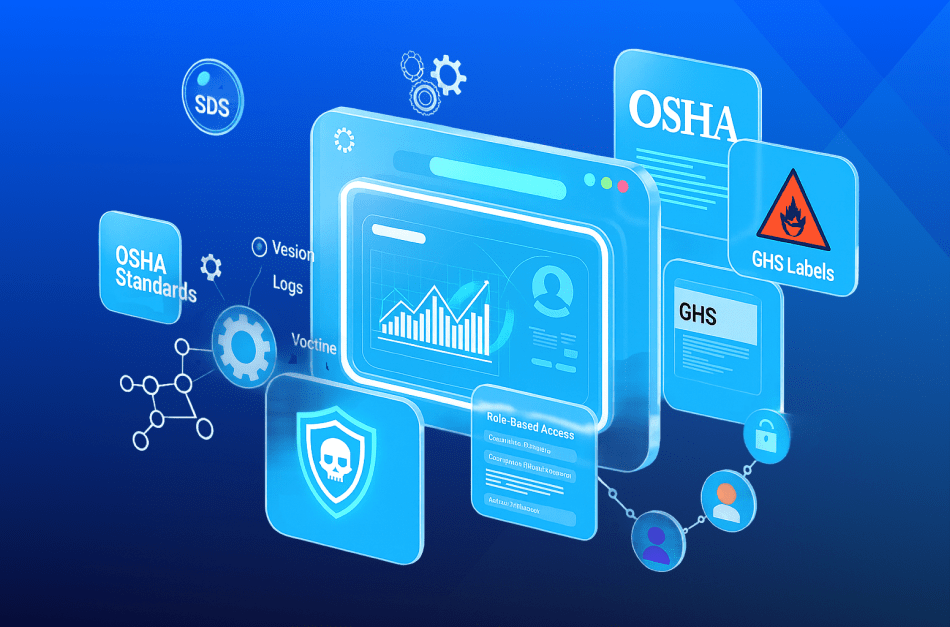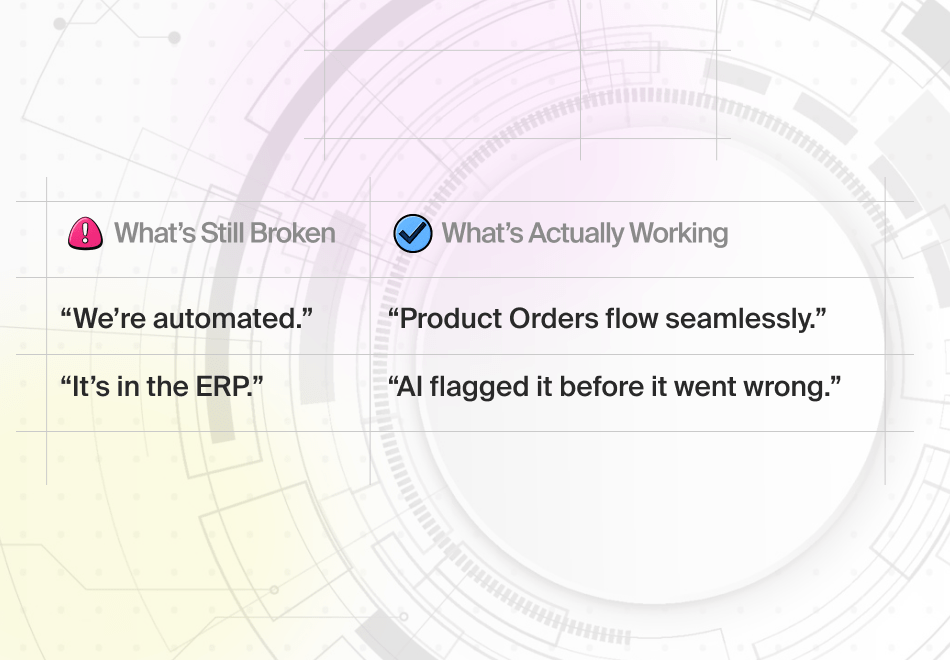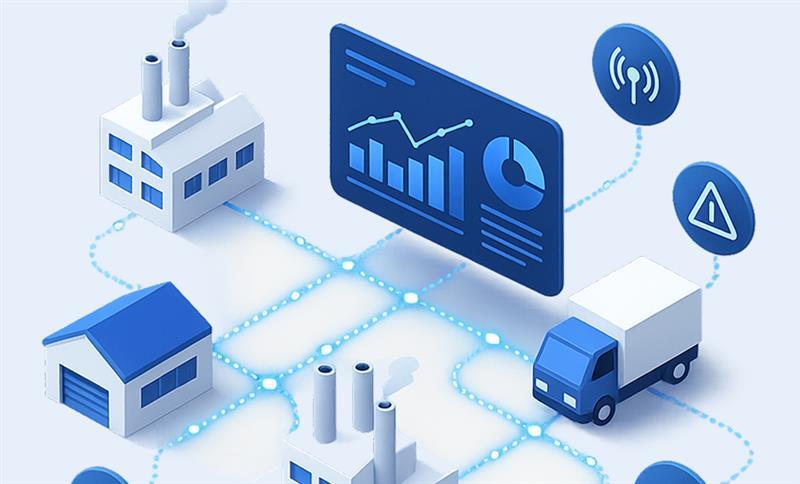At a Glance
- Installing modern enterprise resource planning (ERP) software comes at a high cost for manufacturing companies. They want to use their software investments to maximize manufacturing performance.
- Manufacturers can best use their ERP model by letting their production line and vendors work in tandem with the software to streamline processes.
- ERP systems are no longer a part of the business backend. Newer tools and applications like cloud computing, Internet of Things (IoT) and Machine Learning are changing ERP systems. All of these technologies affect overall return on investment (ROI).
Introduction
The general benefits of using a comprehensive tool like ERP are well known by most manufacturing organizations regardless of size. However, there are still ways with which ERP systems can be used to better overall operational efficiency in manufacturing, streamline existing processes and improve the production line. How solutions like ERP become the catalyst in generating ROI are usually the difference-makers for the manufacturing sector.
Mid-size businesses’ adoption of ERP software will grow at a CAGR of 7.9% from 2014 to 2020.
As more companies modernize their ERP, they want to understand how they can adapt and manipulate their current practices to maximize their technology investments. First, understand how ROI is calculated in terms of ERP in the manufacturing industry.
Figure 1:Determining the ROI of Manufacturing ERP

Calculating the ROI for ERP Manufacturing: A Comprehensive Look at the Benefits of Installing an ERP System
Every organization has specific short and long term goals in mind when installing an ERP system. While the ROI might be a relative concept for every manufacturer, certain common areas can help decide the benefits an ERP system brings to your company:
- Does the ERP system help streamline production processes and improve overall production line efficiency?
- Does it reduce human intervention, lowering the cost of labor for data management and analytics?
- Does it help better manage purchases, procurements and inventory?
- Does it provide real-time visibility across the production line for improved communications and faster response times?
- What other tangible benefits in terms of cost savings and profit gains can you see after installing the ERP system?
Answering these questions lets you calculate the ROI for your ERP.
Take Our Assessment to Get Started With Digital Transformation.
The Road to Better Manufacturing ROI: Improving Manufacturing Performance with ERP
01.Efficient Machine-to-Machine and Machine-to-Human Interaction
In today’s cloud-dominated software world, everything is connected through the Internet. Manufacturers can enhance their ecosystems by making real-time connections between the workforce and machines. When everyone from the top floor to the shop floor can view the entire production line, it lets skilled workers use smart manufacturing techniques to save time and effort.
Using ERP software to adopt smart manufacturing techniques helps manufacturers avoid production delays while efficiently tracking material and equipment. Using these methods will generate significantly more revenue.
Figure 2:ERP in the Manufacturing Industry

02.Better Inventory Management
Large-scale manufacturers can afford to hire a larger workforce to manage their inventories. Small and mid-scale businesses lack that luxury so inventory problems can cause financial losses. Efficient larger companies are looking for a centralized network that can keep track of raw materials, incoming and outgoing shipments plus maintenance schedules.
A sturdy, modernized ERP system is designed to handle these tasks where older legacy platforms fail.
ERPs allow companies to get real-time data on their inventory, allowing them to better predict and manage inventory. Every manufacturing company—large or small—understands that accurately managing inventory is a must if it wants to avoid stock-outs and related production delays. A robust ERP system improves ROI by helping manufacturers more accurately manage inventories.
03.Forming a Competent Skill Base
Advanced software and or mechanical tools can only help boost ROI when the workforce is trained in how to use them. An ERP system is no exception. When an ERP is integrated with cutting-edge applications like IoT, machine learning, advanced analytics, and artificial intelligence, training becomes critical. Having a well-trained, expert workforce lets companies take full advantage of their ERP. Taking the time and spending the money to train staff reduces problems and provides long-term profit gains.
Key Takeaways
Making these changes in your manufacturing ecosystem will help you maximize the benefits of your ERP system. They will also solidify your work standards and technical competencies.
- The cost of installing a modern ERP system for manufacturers is countered by improving the return on investment.
- Regardless of size, manufacturers should look at ERP software as an integral part of their production line. Training their workforce in how to use its many features will boost overall profits.








